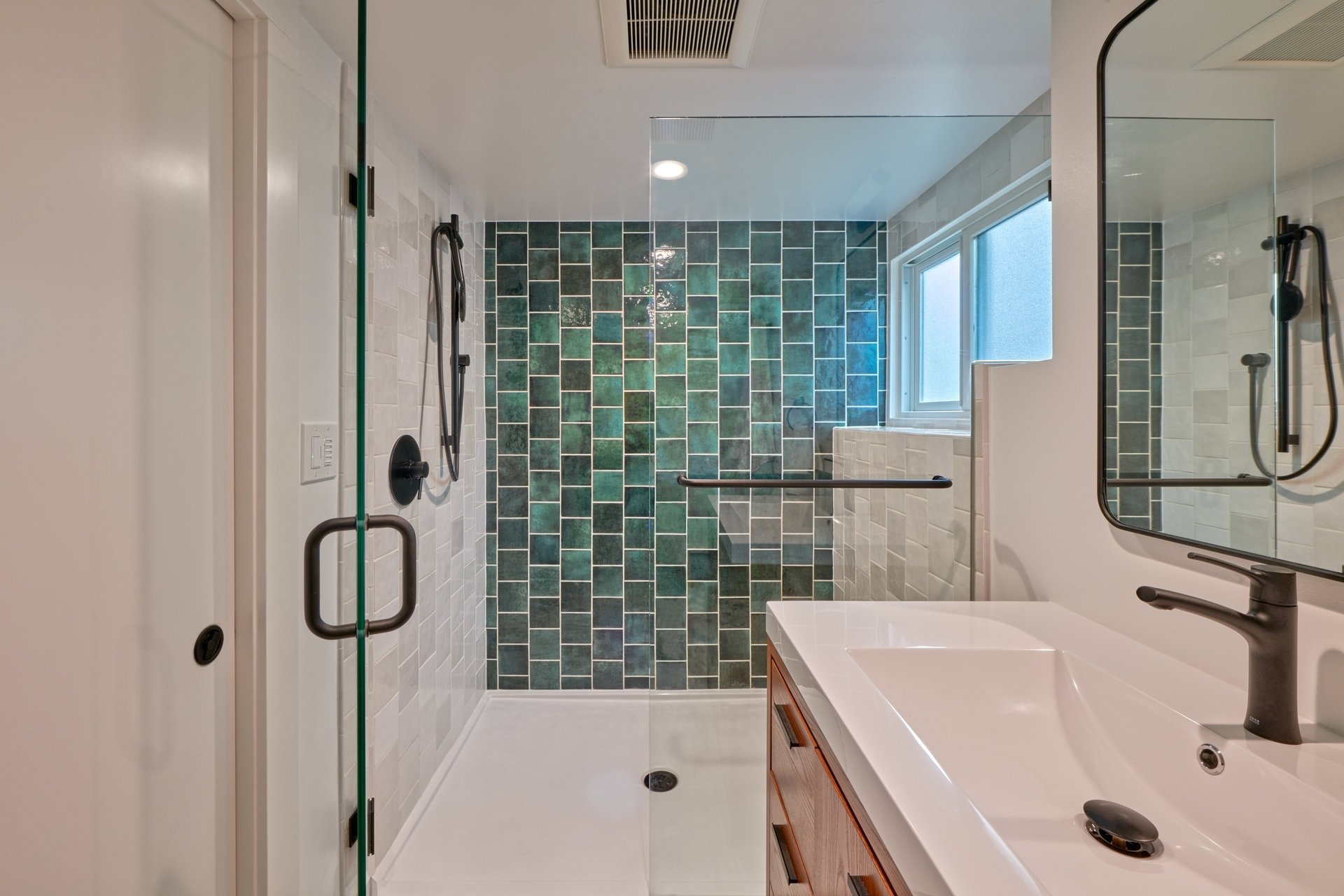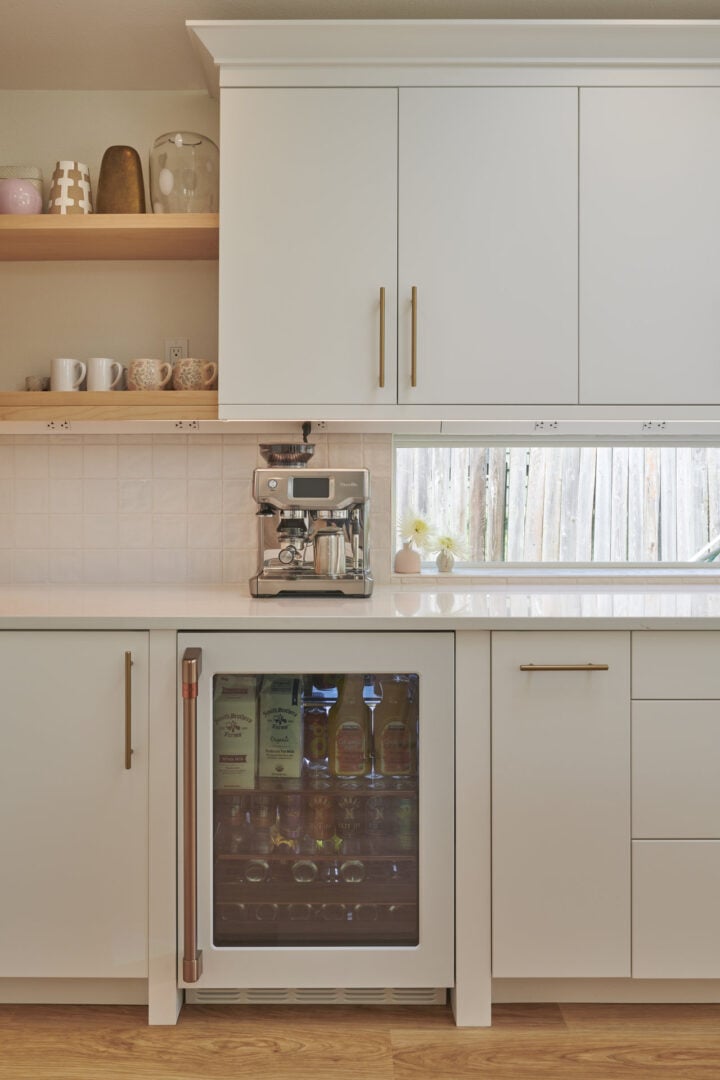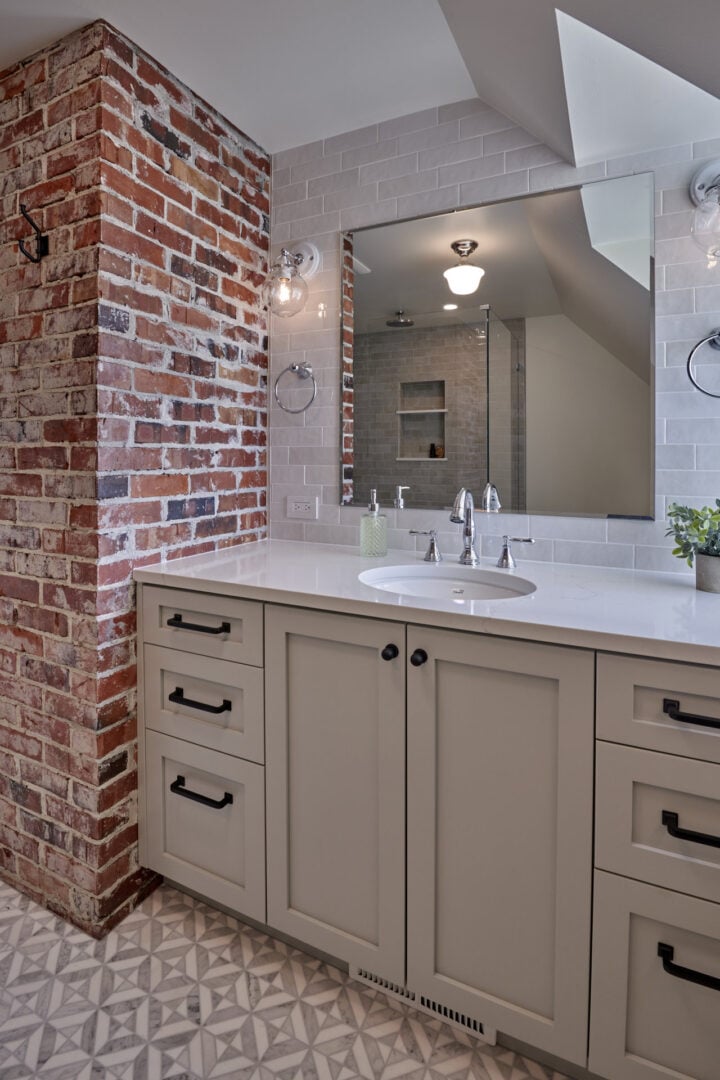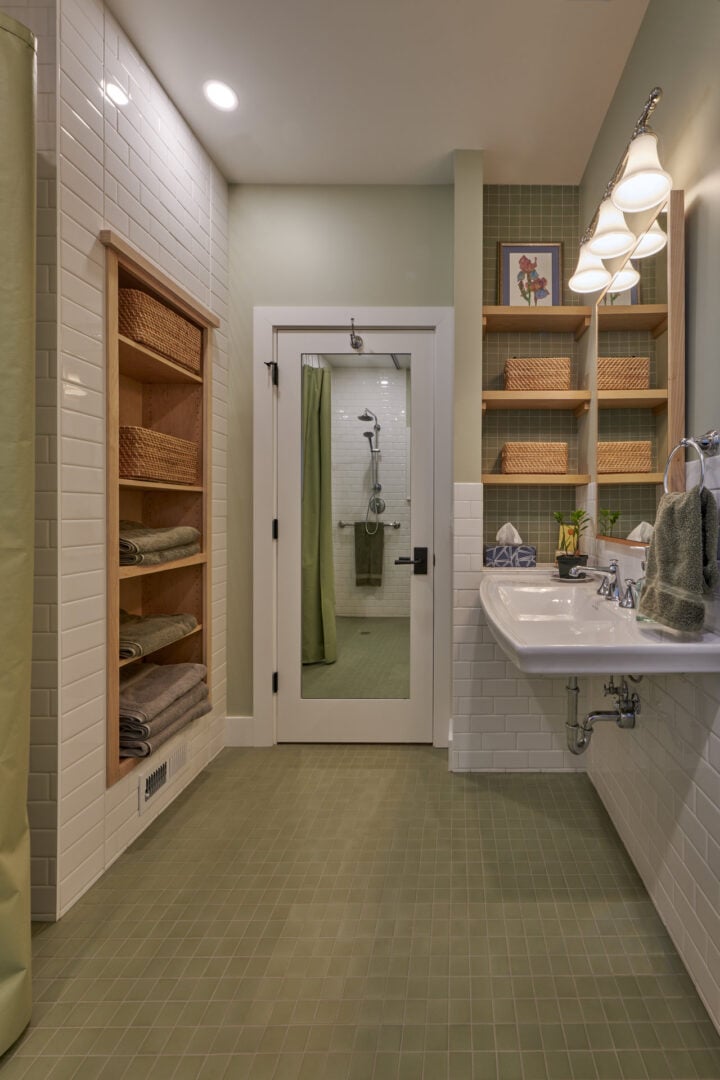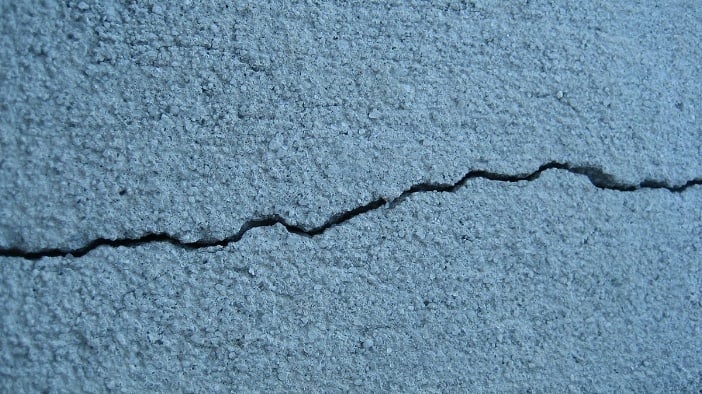
A properly-built concrete foundation should last for the life of your house and require little to no maintenance. If problems do start to appear, they can compromise the integrity of the rest of your home and be expensive to repair. The key is to spot any potential foundation damage early and address it right away to avoid even more expense down the line. Here’s how to determine if your foundation has issues and plan steps for dealing with them.
Look for warning signs indoors
The first signs of trouble that most people notice are indoors, but not everyone knows to associate them with their foundation. If you observe any of the following changes, you should do some more investigating into their root cause.
- Wall cracks: If you see cracks spreading over doorways and windows or between ceilings and walls, you may have a foundation issue.
- Door problems: Your doors should open smoothly, just as they did when your house was built. If they begin to stick or don’t latch well, your foundation may be shifting.
- Windows stick: Similar to doors, windows should slide open and closed easily. If they suddenly begin to stick, then you might have a problem.
- Bulging basement: Do your basement walls appear to be leaning toward you?
- Sloping floors: Are your floors uneven? Do they slant toward one side of your house?
If you experience any of the above issues, don’t panic. They are just potential indicators and don’t necessarily mean that you have foundation problems. Doors and windows can stick because of changes in humidity, and cracks in walls can be due to minor settling. However, if any of these signs appear suddenly or in combination, it is worth investigating potential foundation issues.
Check outdoors
Sight along the perimeter of your home. The walls of your foundation should be fairly straight. If they are leaning or bulging out in places, it may indicate that the foundation has shifted or is not supported, a serious problem. Take a screwdriver and probe the concrete. It should be solid and not chip or flake away. If you have a chimney, make sure it is not tilting away from the rest of your home.
Assess cracks
Some foundation cracking is normal. As concrete cures, it shrinks slightly, and that can create small, harmless cracks. If you are concerned that your foundation is cracking, we recommend that you call in an expert to assess, but here are some tips to identifying whether a crack in your foundation is superficial or a problem.
- Mortar cracks: If you have a concrete block foundation, you will likely see hairline cracks in the mortar between the blocks. These are rarely anything to worry about, but you may want to seal them to prevent moisture from coming in.
- Stair-step cracks: If you have a block foundation, be on the lookout for larger cracks (greater than 1/4″) that follow the mortar line down in a stair-step pattern. They could indicate a problem.
- Horizontal cracks: In either a poured or block foundation, large horizontal cracks may indicate that the soil has expanded or contracted and broken that section of foundation. Seek professional help.
- Vertical cracks: Most vertical cracks come in pairs. If you find one, look for another across from it on the opposite side of the house or kitty corner. In both cases, one of the cracks in the pair may be bigger than the other. A pair of vertical cracks could indicate that one part of your house is settling but that the rest of the foundation is stable.
Finding the root of the problem
If you do suspect that your foundation might be compromised, a foundation repair expert or structural engineer can do an inspection and will most likely be able to evaluate what is causing the damage. Foundation issues can be caused by many factors, from unstable soils to changes in the moisture content of soils. Some causes of foundation issues can be quite unexpected. For instance. the roots of trees growing close to your home can suck up moisture and cause uneven drying of soil, leading to pressure on your foundation. Even the road in front of your house can cause foundation damage if it expands in the heat and pushes against your driveway, which in turn pushes against your foundation. In Seattle’s Greenwood neighborhood, many homes have sunk dramatically due to the drying out and shrinking of the peat bog on which they were built.
In most cases, your foundation repair expert will recommend not only repairs but help come up with a plan to mitigate the underlying issues that caused the damage in the first place.
Fixing the damage
There are many tools and techniques used in foundation repair. Here are a few of the most popular and effective options.
- Steel piers: To fix settling issues, specialists may use piers, which are driven into the ground until they hit more stable soil. The foundation is then lifted, and the weight is transferred onto the piers.
- Helical piers: Similar to steel piers, helical piers look like giant screws that are twisted into the soil to provide an anchor or support point.
- Helical tie-back anchors: These screw-shaped anchors are used to repair and straighten basement walls that bow in.
- Plate anchors: Another underpinning method to repair bowing basement walls.
- Hydraulic slab lift piers: Similar to steel piers, this newer technology levels and lifts sinking foundations. They are installed under the slab rather than along the outside perimeter.
Foundation repair costs
The cost of repairing a foundation can vary widely based on the severity of the problem. Hiring a structural engineer to inspect your foundation and engineer a solution can cost about $2,000, according to Houselogic. Piers can cost around $3,000 per unit to install, and you may need several of them. Plate anchors to fix a bowing basement wall can cost $1,000 each. Lifting your house and building a new foundation is in the $100,000+ range and can be much more for larger homes or if you are adding a basement.
See also: How Much Does It Cost to Raise a House? [HomeAdvisor]
Starting a remodel
If you have foundation issues you want to solve as part of a remodel, a good place to start is with a licensed contractor or designer. Our team here at CRD has decades of experience renovating older Seattle homes that have damaged foundations and will handle all the details. If you are interested in discussing your unique situation, please don’t hesitate to get in touch.
Note: We make no claims or warranties as to the completeness or accuracy of the information on this page. We encourage you to confirm all information you read here with the appropriate regulatory agencies. Any action you take based on the information on this website is strictly at your own risk.
